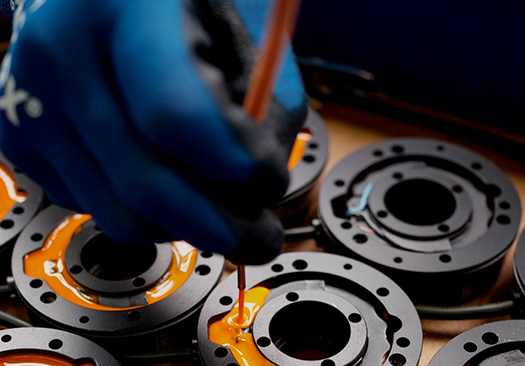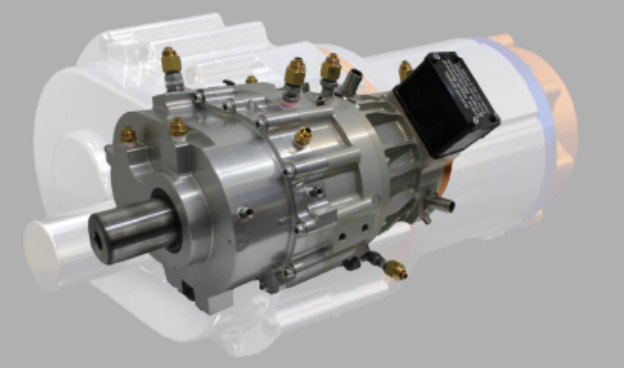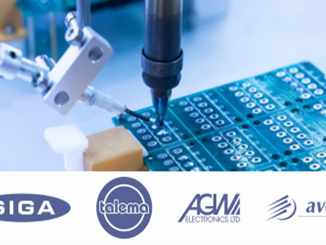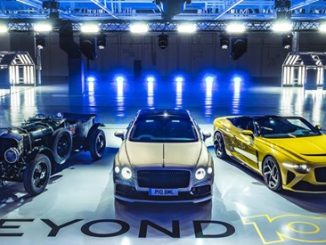
Kendrion recently announced that it has completed the acquisition of Intorq, the manufacturer of spring-applied brakes and electromagnetic brakes and clutches for electrical drive technologies with production sites in Aerzen, Germany, Shanghai, Atlanta and Pune, India.
The acquisition was announced in November 2019. The combination with Intorq creates a leading industrial brake company with a full range of high-quality industrial brakes in an expanded number of growth markets in Europe, China, the U.S. and India. Specific end-markets include electric motors, wind power and elevators. Complimentary markets include geared motors, forklifts, cranes and hoists.
“We are pleased to announce the successful completion of this acquisition. By bringing together the capabilities of Kendrion and Intorq we are creating a true leading global industrial brake company,” said Joep van Beurden, CEO of Kendrion. “Our enhanced market position is expected to benefit both our customers and our employees and gives us the opportunity to further strengthen our focus on opportunities in brakes for industrial automation and robots.”
In a recent product exhibition, Intorq presented the BFK518 as the world’s first spring-applied servo brake at SPS 2019. “Our new spring-applied brake combines the advantages of a spring-applied brake with the performance of a permanent magnet brake,” explained Ralph Krone, key account manager. With its high and reliable holding torque, small dimensions, and high temperature stability, the spring-applied brake suits a variety of applications from robotics to packaging technology and production machines.
Unlike permanent magnet brakes, spring-applied brakes don’t require any setting work, which saves time and prevents errors. Electromagnetic spring-applied brakes do not require rare earths, which helps keep their cost of goods stable, notes Intorq.
Intorq also provides electromagnetic clutches for use in machine and apparatus construction. According to the company, their brakes and clutches release completely without any residual torque when de-energized.
Spring-applied brakes are failsafe brakes, emphasizes Intorq. Multiple compression springs produce the braking torque in the de-energized state through frictional locking. Even if the power fails, the failsafe brake ensures complete safety. The brake is released electromagnetically while the coil of the stator is energized with DC voltage. The resulting magnetic flux works against the spring force to draw the armature plate to the stator.
See www.intorq.com/en/.



